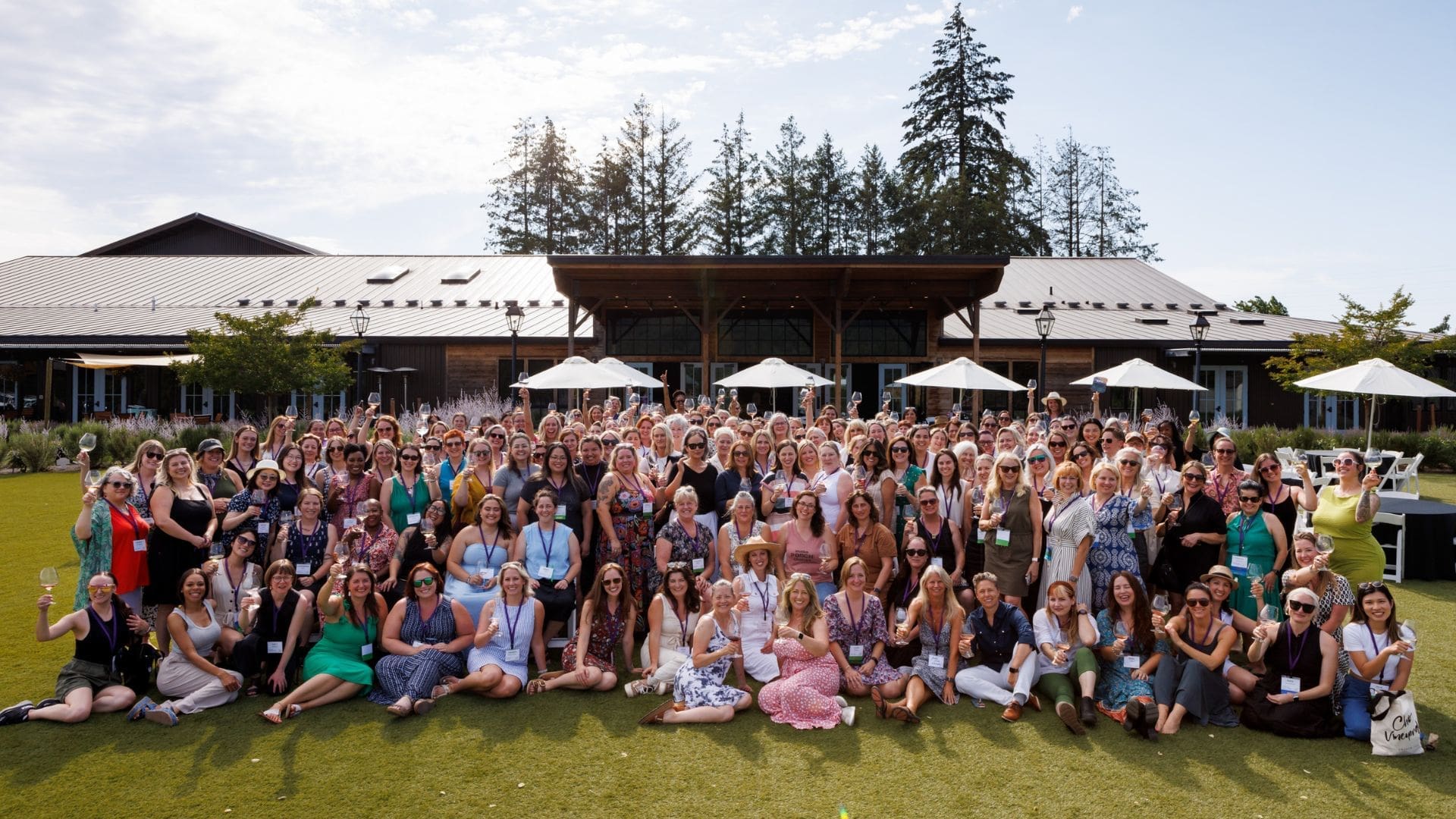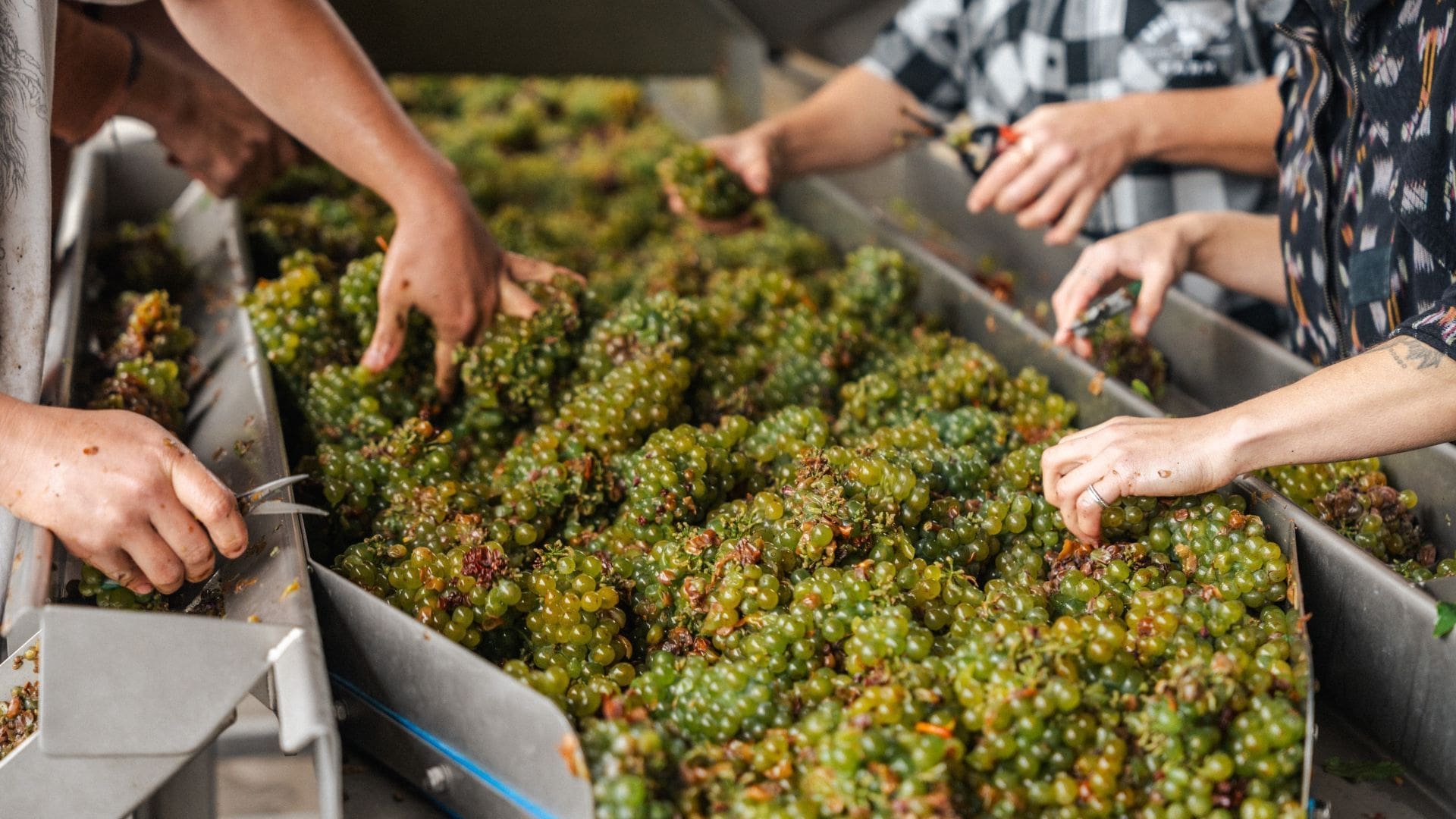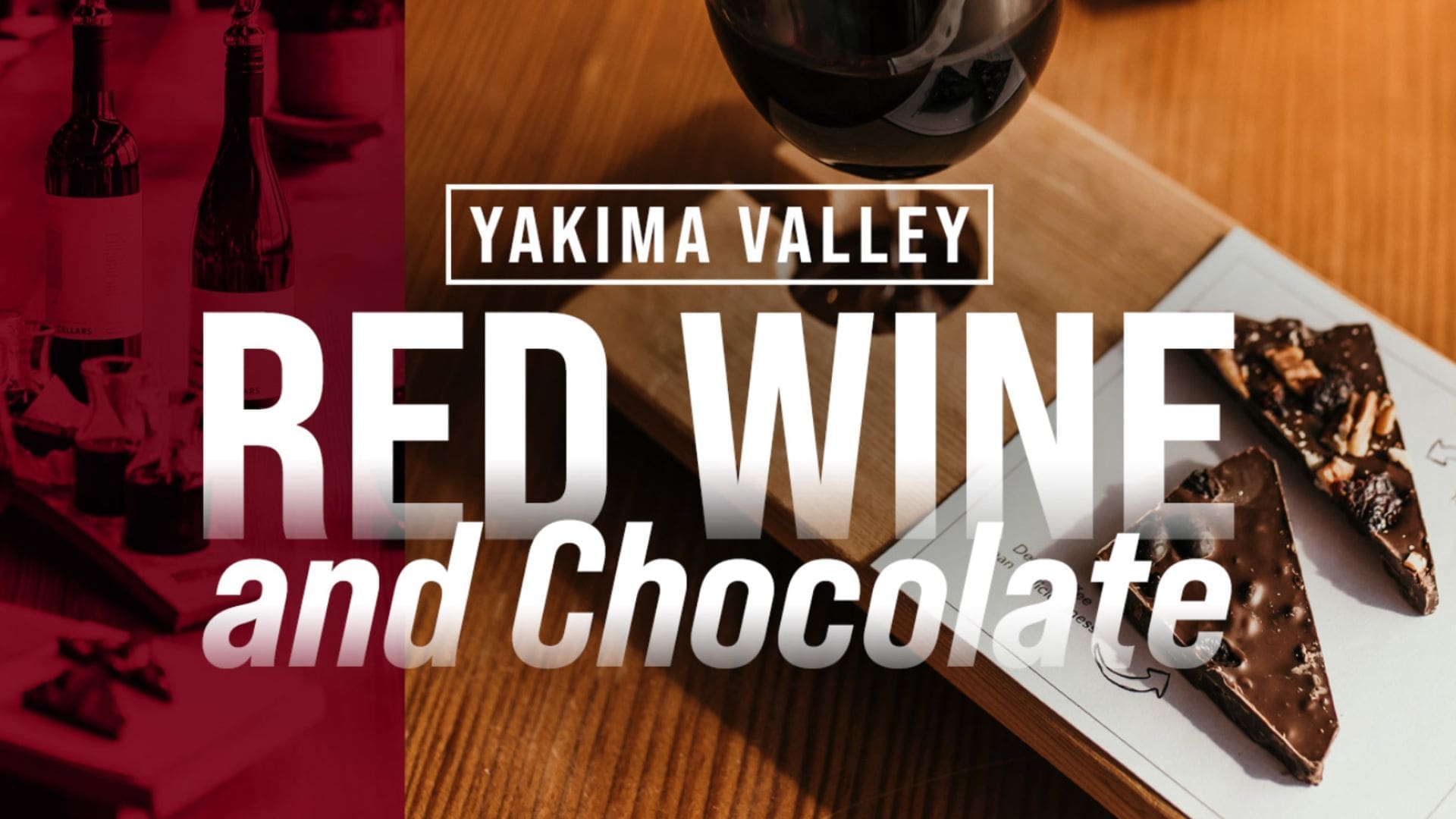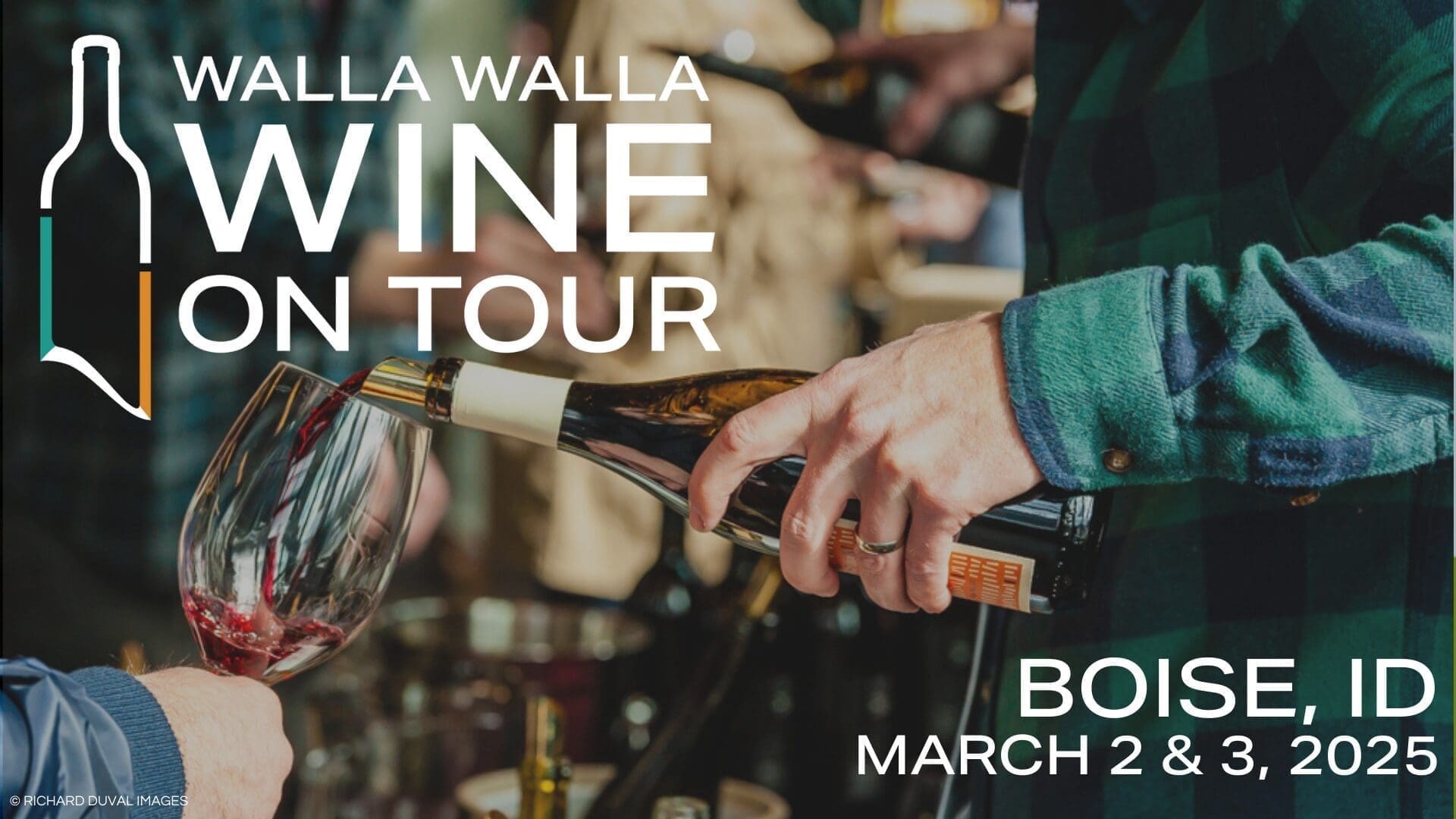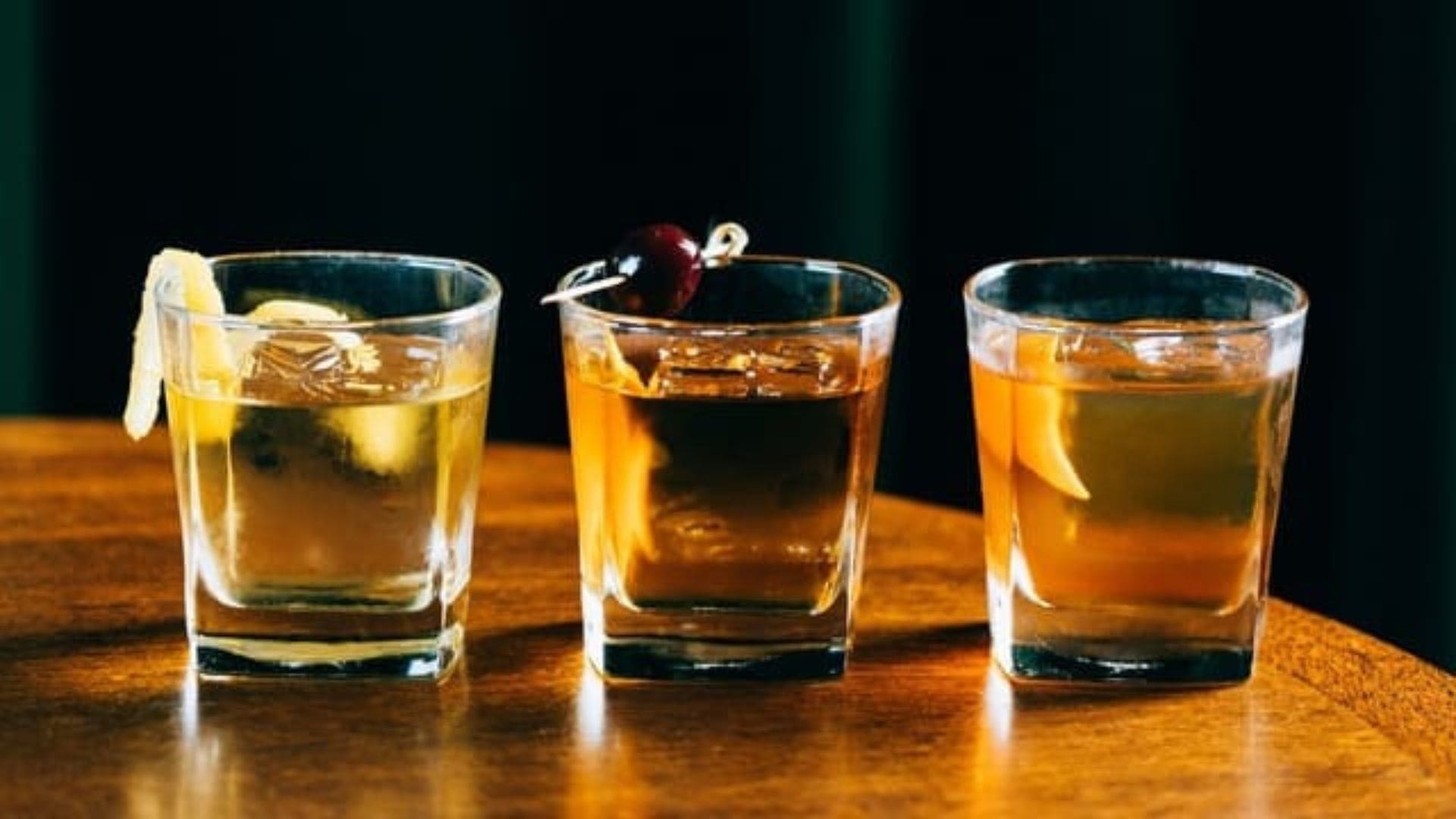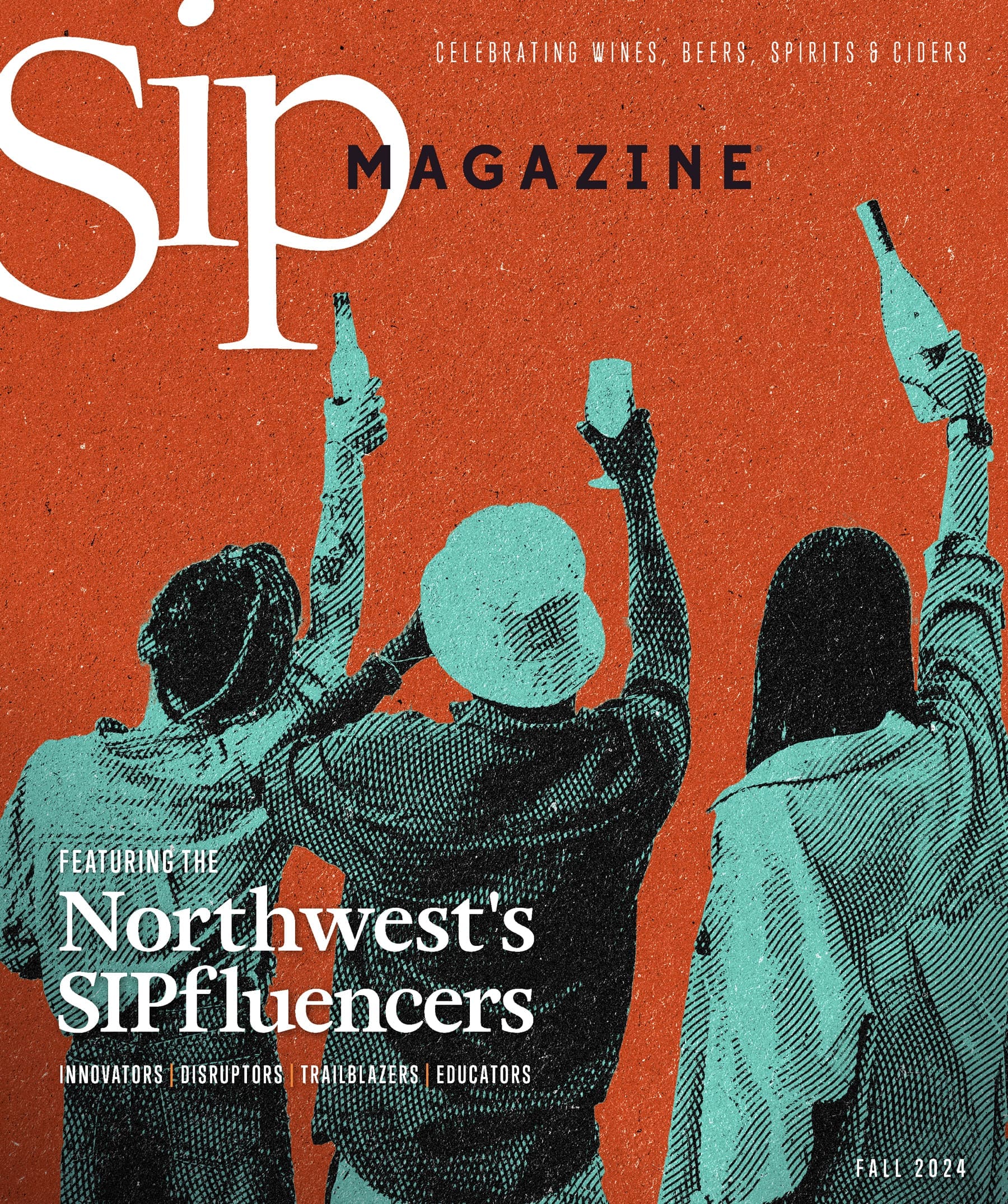Vintage is one of those wine concepts that’s simultaneously over- and under-discussed. On the one hand, vintages are on the vast majority of bottles produced globally, they’re one of the primary ways we differentiate wines, and discussions about whether a given vintage is great, good, bad, or unspeakable occupy lots of high-level wine conversation and writing. Yet on the other hand, there’s something of an immutable truth: in a lot of wine-growing regions, vintage doesn’t really matter that much. Sure, growers in Napa or Red Mountain might talk about warmer or cooler years, or the occasional freak weather pattern, but the reality is, those regions are extremely predictable year in and year out, and thus what really determines differences in style and quality have to do with geology, growing methods and winemaking style.
Yet in between those two regions is one of the world’s great demonstrations of vintage variation. Growing conditions in Oregon’s Willamette Valley can vary wildly from year to year, and my recent visit there illustrated this beautifully, as I sampled wines from across four wildly different vintages: 2011-2014.
First, a bit of history. 2011 was one of the latest vintages in Willamette Valley history that varied at nearly every step of the way. Harvest in some vineyards came in mid-October! The wines tend to have muted fruit and pronounced earthy aromatics, as well as lighter colors and a more delicate sense. 2012 on the other hand was hot and relatively consistent. Most of those wines show a dark cherry, almost cherry cola note, along with more developed body and tannin. They’re great wines to drink right now, though I suspect the 2011s will do more interesting things as they age.
2013 was shaping up to be very similar to 2012 until torrential rains right before (or in some cases during) harvest changed the complexion of the vintage dramatically. It’s simplistic to say that some of that water ended up in the wine, but there’s no doubt that some winemakers ended up with very pale Pinot that could almost be mistaken for rosé in some cases. Others had to discard much of their fruit due to rot, and as a result much less wine was made Valley-wide than in the previous few years. More than with most vintages, 2013 is a year to try before you buy. If you love larger, more intense Pinots, then you’d do better to stock up on 2012s and wait for the 2014s, but at the same time it’s often true that really great wines can come out of generally difficult vintages, and the tastes I got at Montinore Estate and Harper Voit heartened me that some wonderful wine will be salvaged. Unlike 2011, while the wines may be lighter and more delicate, they still retain a core of fruit that is harder to find in that vintage.
Even if lots of winemakers gave lip service to the idea that they enjoyed the challenges of 2013, I also suspect that every single one was glad that 2014 was a very easy year. Warm to hot throughout, and without traumatic weather events, it seems certain to produce wines with power and fruit to please most palates, yet enough complexity and secondary flavors to intrigue folks like me. Of course there’s still lots of winemaking to do, and the effects of oak aging and blending will direct the future of those wines, but it’s my early guess that 2014 will stand as the greatest Willamette year since 2008.
So yeah, if you want to understand the dramatic effect that a year can have a on a wine, pick up a vertical of the last few years of just about any Willamette Valley Pinot Noir, and you’ll see four very different wines, wines that at their heart are still Oregon Pinot, yet also deviate far more than the same four vintages of, say, Washington Syrah.
—
Zach Geballe is a certified sommelier, a wine educator and a writer. He lives in Seattle, where he owns more wine than he can reasonably drink but loves to share.


